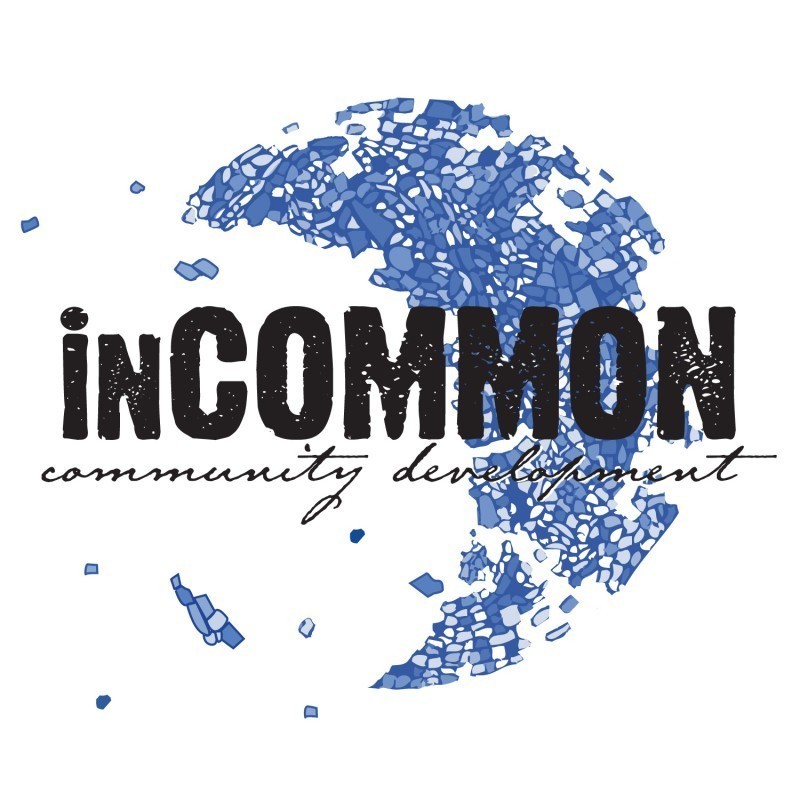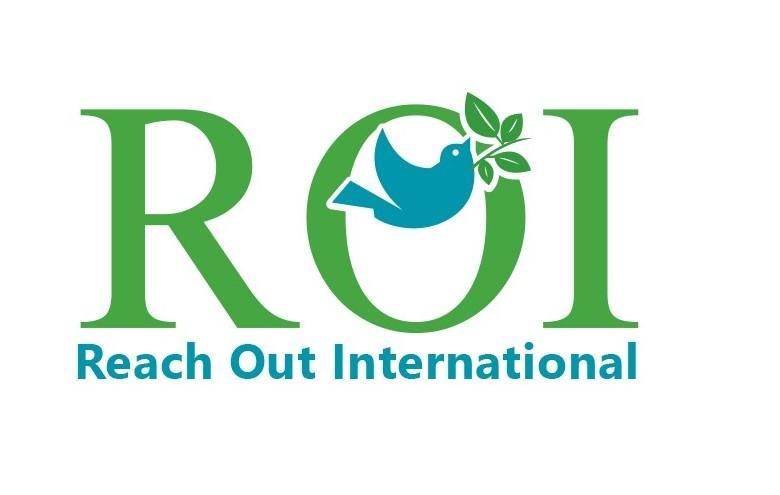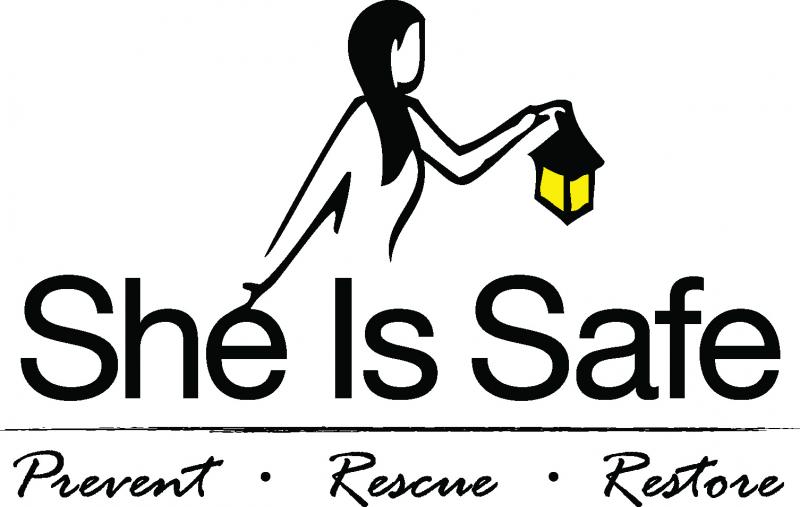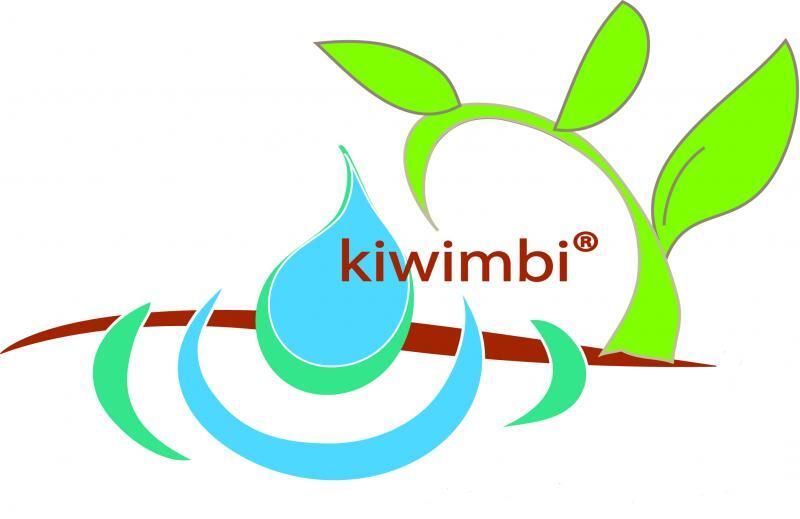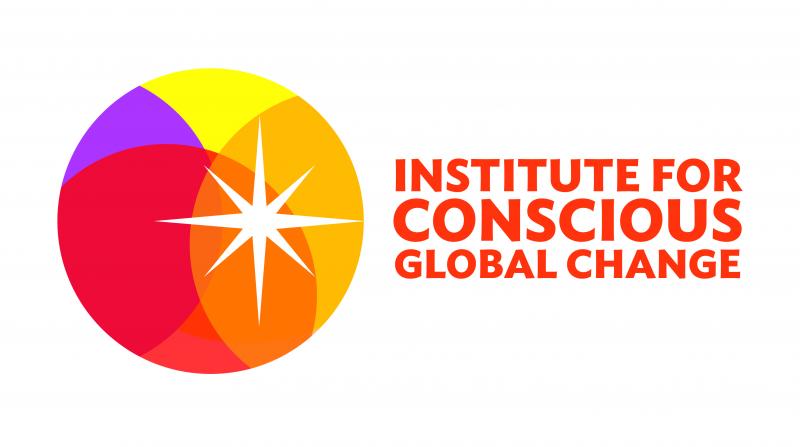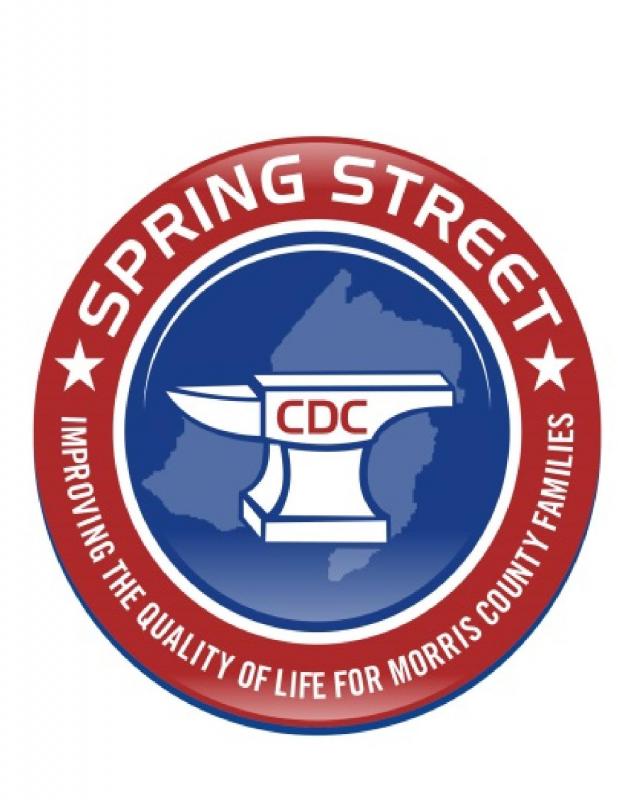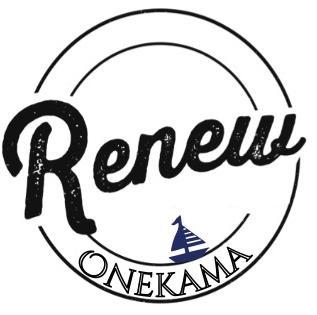Causes: Economic Development, Education, Environment, International, International Economic Development, Microfinance, Pollution Abatement & Control
Mission: The Institute for Appropriate Technology was created in 1974 to design and disseminate environmentally friendly tools for sustainable development. More recently the term "sustainable development" has come to be understood as an oxymoron, like "military victory. " What is needed instead is graceful economic descent to a steady state relationship with Gaia, such as pre-existed the rise of the "taker" culture, to borrow Daniel Quinn's term. We need to return to the garden, whence we came. The philosophy of the Institute is that embedded and emerging memes that link human culture are not ethically neutral, but often have long-term implications for viability of natural systems, biodiversity, human dignity and our common future. The signs of the imbalance and disharmony in our choices surround and confound us. Ignored or misunderstood, they ominously portend great suffering and systems collapse. Institute program areas over the past decades have included research into food and energy sciences towards the end of improving food security and reducing climate-altering dependence upon fossil and atomic fuels; using improved communications methodologies for demonstrations of alternative economic and social experiments; and multidisciplinary research into mechanisms for narrowing the gap between the developed and developing world without undue negative cultural and environmental impacts; moving us back to a common welfare social ideology that sustains and nurtures the natural world in which humans are just one of many citizen species.
Results: The Institute's principal work in the late 1970s related to the transportation sector. Working under a series of contracts with the U. S. Department of Energy, The Institute performed groundbreaking work on concentrating photovoltaic arrays, low cost, long-distance electric and hybrid vehicles, and multi-fuel heat engines. This work led to the inception of the Solar Car Corporation of Melbourne, Florida and Groton Connecticut. SCC went out of business in the late 1990s, a victim, like the Tucker, of being too far ahead of its time. With a capitalization of less than $10 million, SCC lacked the financial ability to combat the conjoined forces of industry and government which quickly arrayed against it, despite a vastly superior product that correctly foresaw fundamental shifts in transportation demands. A lasting contribution which the Institute made to our transportation future was to take the science of "hypercars" and place it firmly into the public domain. The Institute did this by parading its solar-powered automobile daily through the 1982 World's Fair in Knoxville, Tennessee, and by publishing its technological innovations in the open literature. Later attempts to patent and sequester the key technologies of solar-powered cars were defeated as a result of this contribution. Other applications coming our of the solar car research included 1 kw solar (dish) Stirling and rotary turbines; direct current-powered compact air conditioning; solar powered electric watercraft; and trough concentrator arrays for solar water heating. Taught by the leading experts in sustainable agriculture and carbon sequestration, our 4-week Carbon Farming course put all the pieces together to form a mosaic of ecological design to help rural businesses, farmers and householders produce safe and forward thinking products, and fresh organic produce, while putting carbon into the soil and shifting the trajectory of climate change back towards equilibrium. Our pilot Carbon Farming program is now accessible to all interested change agents through our special website, with open source powerpoints, video, audio, documents and blogs. In 1994 we began the Ecovillage Training Center in Tennessee and since then have trained more than 60,000 people from at least 60 countries, many of whom have gone on to replicate the Center in their own regions. We were among the founders of the Ecovillage Network of the Americas, the Global Ecovillage Network, and the Eco-Earth Alliance. We will still need a strong step towards putting a price on carbon, and for 15 years GVI has maintained an active presence at the United Nations, where it has consultative status, working with organizations such as the Global Ecovillage Network, TckTckTck, 350.org, and the International Biochar Initiative. Our seminal books, Climate in Crisis (1990), The Post-Petroleum Survival Guide (2006), and The Biochar Solution (2010) are international standard references. Our online resource library provides free access to the entire range of appropriate technologies for homes, communities and businesses. In the 1970s the Institute began research into fast growing plant species that could serve multiple purposes even while providing residential building materials for an expanding world population. Our experimental hybrid poplar and chestnut plantations are now more than 20 years old. Our tree varieties, including Tennessee's own state tree, the Tulip Poplar are able to process wastewater and reclaim severely eroded landscapes. Today we have more than 20 varieties of temperate bamboo growing at our Ecovillage Training Center, and more than 200 varieties under study at the nearby Earth Advocates Research Center for size, growth rates, temperature tolerance and other characteristics. We like bamboo as a cultivatible architecture. Only 500 square meters are needed to grow one house in one year, about the size of a typical U. S. living room. The Kids to the Country Program at the Ecovillage Training Center is now in its 16th year in bringing underprivileged children from low income housing and homeless shelters to a summer vacation of horses, hikes and swimming holes.
Target demographics: All sentient beings
Direct beneficiaries per year: 5000
Geographic areas served: Global
Programs: We are working with county government, the business community, local charities, and the public to create a resilient and ecologically responsive economic fabric that will endure the turmoil and chaos of The Great Change now underway. Our Trees for Airmiles and Peace Thru Permaculture projects are planting trees in the desert, particularly in the war zones of the Middle East, but also in Mexico, Haiti, and the Caribbean Basin. We want to raise a Permaculture Army and equip them to plant 1 million trees per day. Relocalization, Transition, and Financial Permaculture are different names used to describe a strategy to build societies based on the local production of food, energy and goods, and the local development of currency, governance and culture. Our main goals are to increase community energy security, strengthen local economies, and to dramatically improve environmental conditions and social equity. As of 2006, through our Culture Change project, we have been participating in the emerging Sail Transport Network, returning coastal trade to wind-power with shipments of cacao, cassava starch, coffee and vanilla bean. As we described in our chapter for State of the World 2010, “Agriculture to Permaculture, ” improving soil fertility will enable farmers to once again produce the food consumed by a local population without fossil-fuel based inputs. As we have seen for the past four centuries, conversion of natural vegetation to cropland reduces soil carbon content by one-half to one-third. However, soil carbon loss can be reversed by agricultural practices that build up the carbon in soils by, for example, reducing the period of bare fallow, planting cover crops, and changing aeration of the soil (such as by no till, ridge till, or keyline planting). Adding biochar to this mix of strategies provides the potential to take the planet from 390 ppmv CO2 to 350, or even 250 ppmv, on timescales short enough to prevent catastrophic tipping points.
Mission: The Institute for Appropriate Technology was created in 1974 to design and disseminate environmentally friendly tools for sustainable development. More recently the term "sustainable development" has come to be understood as an oxymoron, like "military victory. " What is needed instead is graceful economic descent to a steady state relationship with Gaia, such as pre-existed the rise of the "taker" culture, to borrow Daniel Quinn's term. We need to return to the garden, whence we came. The philosophy of the Institute is that embedded and emerging memes that link human culture are not ethically neutral, but often have long-term implications for viability of natural systems, biodiversity, human dignity and our common future. The signs of the imbalance and disharmony in our choices surround and confound us. Ignored or misunderstood, they ominously portend great suffering and systems collapse. Institute program areas over the past decades have included research into food and energy sciences towards the end of improving food security and reducing climate-altering dependence upon fossil and atomic fuels; using improved communications methodologies for demonstrations of alternative economic and social experiments; and multidisciplinary research into mechanisms for narrowing the gap between the developed and developing world without undue negative cultural and environmental impacts; moving us back to a common welfare social ideology that sustains and nurtures the natural world in which humans are just one of many citizen species.
Results: The Institute's principal work in the late 1970s related to the transportation sector. Working under a series of contracts with the U. S. Department of Energy, The Institute performed groundbreaking work on concentrating photovoltaic arrays, low cost, long-distance electric and hybrid vehicles, and multi-fuel heat engines. This work led to the inception of the Solar Car Corporation of Melbourne, Florida and Groton Connecticut. SCC went out of business in the late 1990s, a victim, like the Tucker, of being too far ahead of its time. With a capitalization of less than $10 million, SCC lacked the financial ability to combat the conjoined forces of industry and government which quickly arrayed against it, despite a vastly superior product that correctly foresaw fundamental shifts in transportation demands. A lasting contribution which the Institute made to our transportation future was to take the science of "hypercars" and place it firmly into the public domain. The Institute did this by parading its solar-powered automobile daily through the 1982 World's Fair in Knoxville, Tennessee, and by publishing its technological innovations in the open literature. Later attempts to patent and sequester the key technologies of solar-powered cars were defeated as a result of this contribution. Other applications coming our of the solar car research included 1 kw solar (dish) Stirling and rotary turbines; direct current-powered compact air conditioning; solar powered electric watercraft; and trough concentrator arrays for solar water heating. Taught by the leading experts in sustainable agriculture and carbon sequestration, our 4-week Carbon Farming course put all the pieces together to form a mosaic of ecological design to help rural businesses, farmers and householders produce safe and forward thinking products, and fresh organic produce, while putting carbon into the soil and shifting the trajectory of climate change back towards equilibrium. Our pilot Carbon Farming program is now accessible to all interested change agents through our special website, with open source powerpoints, video, audio, documents and blogs. In 1994 we began the Ecovillage Training Center in Tennessee and since then have trained more than 60,000 people from at least 60 countries, many of whom have gone on to replicate the Center in their own regions. We were among the founders of the Ecovillage Network of the Americas, the Global Ecovillage Network, and the Eco-Earth Alliance. We will still need a strong step towards putting a price on carbon, and for 15 years GVI has maintained an active presence at the United Nations, where it has consultative status, working with organizations such as the Global Ecovillage Network, TckTckTck, 350.org, and the International Biochar Initiative. Our seminal books, Climate in Crisis (1990), The Post-Petroleum Survival Guide (2006), and The Biochar Solution (2010) are international standard references. Our online resource library provides free access to the entire range of appropriate technologies for homes, communities and businesses. In the 1970s the Institute began research into fast growing plant species that could serve multiple purposes even while providing residential building materials for an expanding world population. Our experimental hybrid poplar and chestnut plantations are now more than 20 years old. Our tree varieties, including Tennessee's own state tree, the Tulip Poplar are able to process wastewater and reclaim severely eroded landscapes. Today we have more than 20 varieties of temperate bamboo growing at our Ecovillage Training Center, and more than 200 varieties under study at the nearby Earth Advocates Research Center for size, growth rates, temperature tolerance and other characteristics. We like bamboo as a cultivatible architecture. Only 500 square meters are needed to grow one house in one year, about the size of a typical U. S. living room. The Kids to the Country Program at the Ecovillage Training Center is now in its 16th year in bringing underprivileged children from low income housing and homeless shelters to a summer vacation of horses, hikes and swimming holes.
Target demographics: All sentient beings
Direct beneficiaries per year: 5000
Geographic areas served: Global
Programs: We are working with county government, the business community, local charities, and the public to create a resilient and ecologically responsive economic fabric that will endure the turmoil and chaos of The Great Change now underway. Our Trees for Airmiles and Peace Thru Permaculture projects are planting trees in the desert, particularly in the war zones of the Middle East, but also in Mexico, Haiti, and the Caribbean Basin. We want to raise a Permaculture Army and equip them to plant 1 million trees per day. Relocalization, Transition, and Financial Permaculture are different names used to describe a strategy to build societies based on the local production of food, energy and goods, and the local development of currency, governance and culture. Our main goals are to increase community energy security, strengthen local economies, and to dramatically improve environmental conditions and social equity. As of 2006, through our Culture Change project, we have been participating in the emerging Sail Transport Network, returning coastal trade to wind-power with shipments of cacao, cassava starch, coffee and vanilla bean. As we described in our chapter for State of the World 2010, “Agriculture to Permaculture, ” improving soil fertility will enable farmers to once again produce the food consumed by a local population without fossil-fuel based inputs. As we have seen for the past four centuries, conversion of natural vegetation to cropland reduces soil carbon content by one-half to one-third. However, soil carbon loss can be reversed by agricultural practices that build up the carbon in soils by, for example, reducing the period of bare fallow, planting cover crops, and changing aeration of the soil (such as by no till, ridge till, or keyline planting). Adding biochar to this mix of strategies provides the potential to take the planet from 390 ppmv CO2 to 350, or even 250 ppmv, on timescales short enough to prevent catastrophic tipping points.
Po Box 90, Summertown, TN 38483
931-964-4474

Economic Development
Summertown



